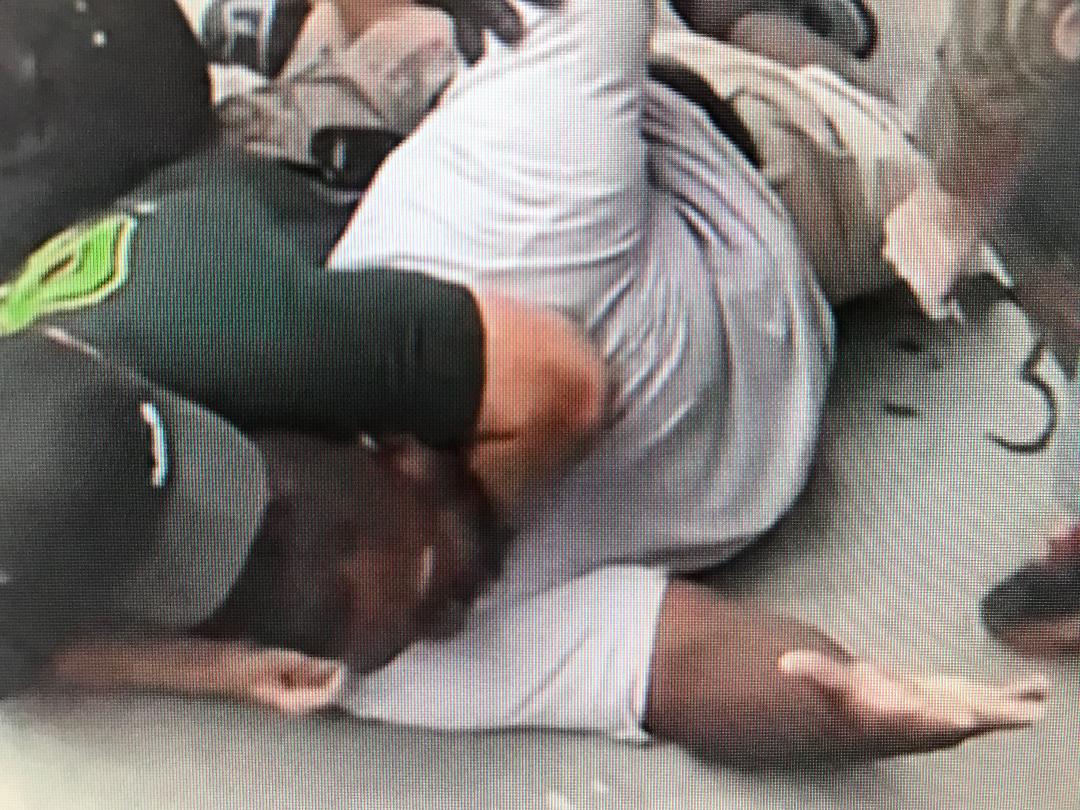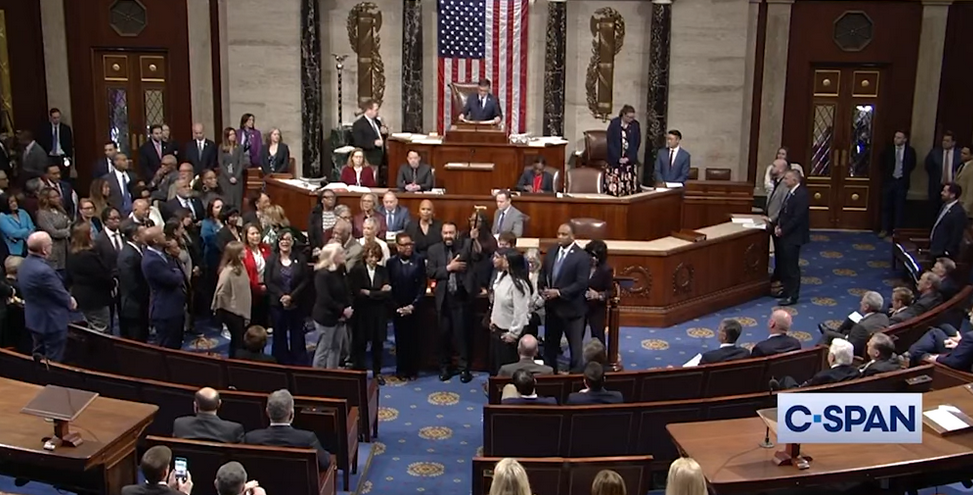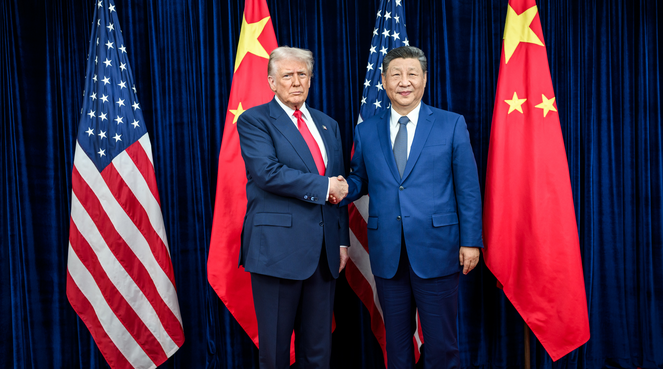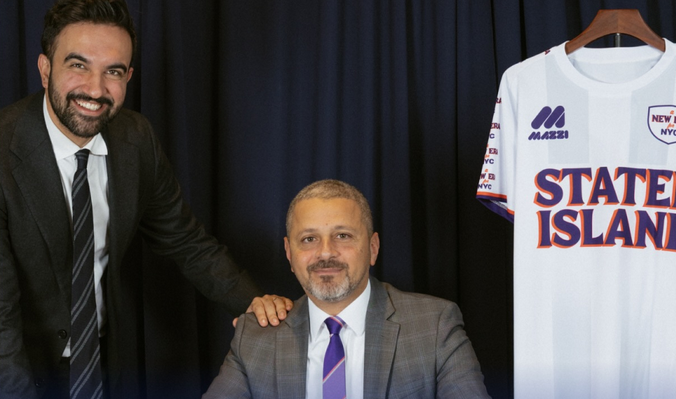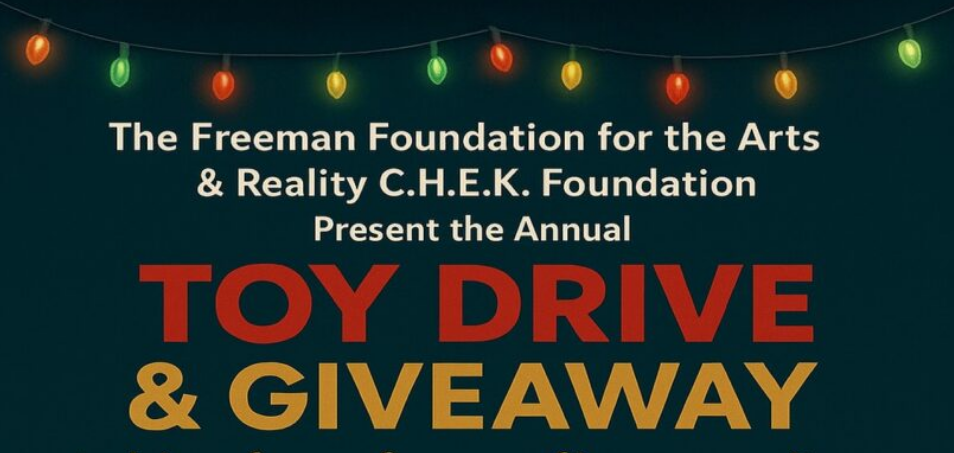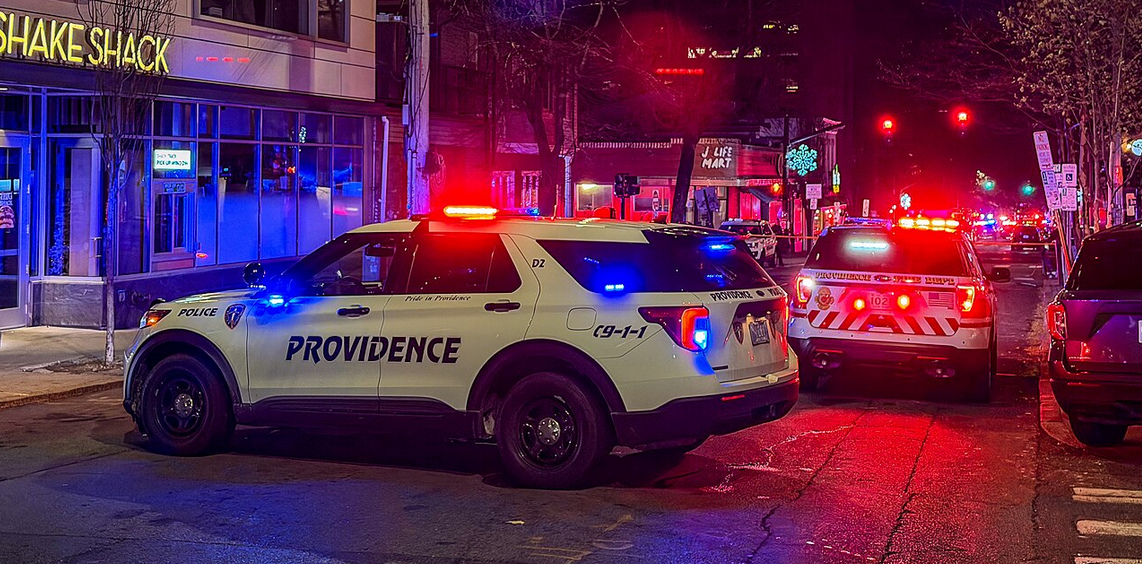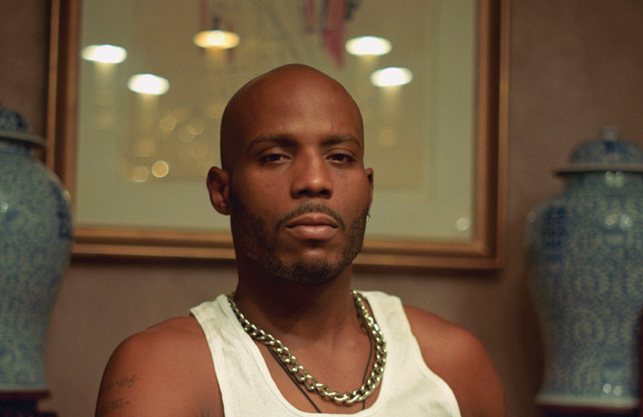[“Speaking Truth To Empower”]
Eric Garner being choked to death by killer-cop Daniel Pantaleo…
Photo: Facebook
Why is killer-cop Daniel Pantaleo still employed by the NYPD?
A medical examiner testified this week that former Staten Island resident Eric Garner died as a result of induced asthma—caused by the chokehold NYPD Officer Daniel Pantaleo placed around his neck.
The doctor’s finding was revealed in Pantaleo’s NYPD administrative trial, which started Monday. If found guilty, Pantaleo faces possible termination from the NYPD.
How can Pantaleo still be working in the NYPD after he killed Garner with a banned chokehold?
On Wednesday, city medical examiner Dr. Floriana Persechino testified Daniel Pantaleo’s chokehold “set into motion a lethal sequence” leading to Eric Garner’s death. Dr. Persechino said Pantaleo choked Garner so hard it activated a “lethal cascade” which culminated with Garner having an asthma attack. She said, “The chokehold is a significant initial factor of the cascade” that caused Garner’s death.
Garner was killed on July 17, 2014, on Staten Island, when Pantaleo, and other officers, attempted to arrest him for selling “loosie” cigarettes. A bystander video of Garner being choked to death, by Pantaleo, while he repeated his dying words “I can’t breathe,” went viral across America. The video was recorded by Ramsey Orta.
Dr. Persechino’s testimony undercut Pantaleo’s attempt to blame Garner for his own death. At the start of this trial, Pantaleo’s lawyer, Stuart London, claimed “Mr. Garner died from being morbidly obese.” He said Garner’s weight made him a “ticking timebomb.” On Wednesday, London stated “Any stress he [Garner] engaged in would probably be more deadly for him than a normal person.” London also said, “Had he just accepted a summons for untaxed cigarettes, none of this would have happened.”
Pantaleo’s use of a chokehold, supposedly, banned by the NYPD, is a central issue in his NYPD administrative trial.
London claims Pantaleo used a so-called “seatbelt” hold, not a chokehold. However, Dr. Persechino, and other officials admit Pantaleo used a chokehold. One official, Deputy Inspector Richard Dee, testified what Pantaleo is seen doing on the video “meets the definition of a chokehold.” Deputy Dee also undermined London’s argument that Pantaleo used a “seatbelt” hold. Dee pointed out the “seatbelt” hold was not taught when Pantaleo was in the Police Academy, in 2006. And, the chokehold was banned before Pantaleo ever joined the NYPD.
The decision the NYPD makes in Pantaleo’s administrative trial could have major consequences. Commissioner James O’Neill, and the NYPD policymakers, must hold Pantaleo accountable if they really expect to be taken seriously about upholding “law and order” for everyone. For far too long, police departments have protected the racist criminal elements among them who brutalize and kill Black Americans.
Disturbingly, this viciously inhumane reality is ongoing.
On Monday, 44-year-old Pamela Turner was murdered—in cold blood—in Baytown, Texas. But instead of denouncing her murder, a local police official, Lt. Steve Dorris, made the false claim that the unknown officer was “forced” to fire upon the unarmed Black woman. A bystander video exposed the fiction of Dorris’ statement. But instead of acknowledging the truth, Lt. Dorris instead decided to denounce the person who recorded the murder by saying it was “unfortunate” and “extremely “disrespectful” for the video to be posted on social media.
All across America, the police have no credibility on matters regarding racial policing. This is because there is zero honesty, by police, when the question revolves around police brutality, and the killings of African-Americans, by cops. Police officials—especially, in police unions—routinely lie to protect brutal cops who kill Black people. Police do this even as they complain about unfairly being badmouthed because of a “few bad apples.”
In the Pantaleo case, we have deceitful officials, like PBA chief Pat Lynch, lying in despicable ways to justify the unnecessary brutality that was inflicted upon Eric Garner. Lynch has actually called Pantaleo a “model” officer.
Pantaleo is indeed a “model”—of what a brutal cop looks like.
We now know Pantaleo had more complains in his disciplinary jacket than 95 percent of the other NYPD officers. We know this because a Civilian Complaint Review Board (CCRB) member—who has since been removed—leaked documentation regarding complains in Pantaleo’s personal file, to the Think Progress website. The documents show 14 individual allegations were made against Pantaleo, along with seven disciplinary charges.
Reportedly, four of these charges against Pantaleo were substantiated, by the CCRB. One of these four charges was apparently an abusive vehicular stop, in 2011. Followed by another abusive stop-and-frisk incident, in 2012. Other incidents in Pantaleo’s file include: an allegation he refused to get medical treatment for someone in 2009; an allegation that he hit someone in the head with an object in 2011; an allegation that he was involved in two separate cases of violent stops in 2012; and that he used physical brutality in yet another case in 2013.
Is this the kind of “model” officer the NYPD wants representing them?
Transforming the racist policing policies in the NYPD is critical to changing racial policing in the country. The NYPD is considered the most elite police department in America. Many law enforcement agencies look to the NYPD as an example. Therefore, if the NYPD is changed, for the better, it could have a positive ripple effect into other police departments nationwide.
Consequently, the outcome in the Pantaleo trial is extremely relevant. Truly, Pantaleo should’ve been fired long ago. Why was he allowed to stay in the NYPD, if he violated the NYPD’s chokehold ban causing Garner’s death? Moreover, we should rightly ask why Pantaleo wasn’t fired before—since, he has so many assault complaints in his file?
Still, Eric Garner was killed, not just by Daniel Pantaleo, but by the institutional racism embedded in the structure of American policing that does serious harm to African-Americans. We witness, or hear, instances of this on an almost daily basis.
For example, there is now current news—with a corresponding viral video—of 14-year-old Imarah Bates, being choked by a cop in Norristown, Pennsylvania. Thankfully, Bates survived this instance of child abuse perpetrated by this police officer. Bates later told KYW Newsradio “I didn’t know what to think at all. All I know is that I was being choked and couldn’t breathe.”
Bates had been with some teenage friends, at a carnival, at the St. Francis of Assisi Church, on May 11. Reportedly, Bates and her friends got into a confrontation with other teens. Police were called. Sadly, this led to her eventually being choked by the police officer.
In a typical police response, the local police chief excused the officer’s child abuse of Bates. Norristown Police Chief Mark Talbot said, “Based on my initial review of the facts, I don’t feel it’s necessary to pull these officers off the street.” Chief Talbot seems to think because “everybody walked away safely” there is no problem.
What should worry police officials, like Chief Talbot, is that, in this instance, some of these Black kids decided to fight back against police. In the video, one particular teenage girl is seen throwing punches at a cop—after the male cop first throws punches at her.
Unfortunately, police institutions, not just the NYPD, have a credibility problem when dealing with Black Americans. Police are to blame for this, since their policies criminalize and target Blacks to satisfy quotas requirements in tickets, summonses and arrests. Officer Pantaleo’s contact with Garner happened within this context.
What do quotas really have to do with reducing crime anyway? If crime rates fall, how are officers expected to fill these quotas?
For, generations, Black America has been criminalized by law enforcement and American courts. The City of Ferguson, Missouri, was exposed for balancing their budgets on the backs of Blacks. Ferguson is but a microcosm of how American police abuse Black people.
The important question though is: what is it going to take to stop the criminalization and victimization of Black Americans, like Eric Garner, who are killed by police like Daniel Pantaleo?
